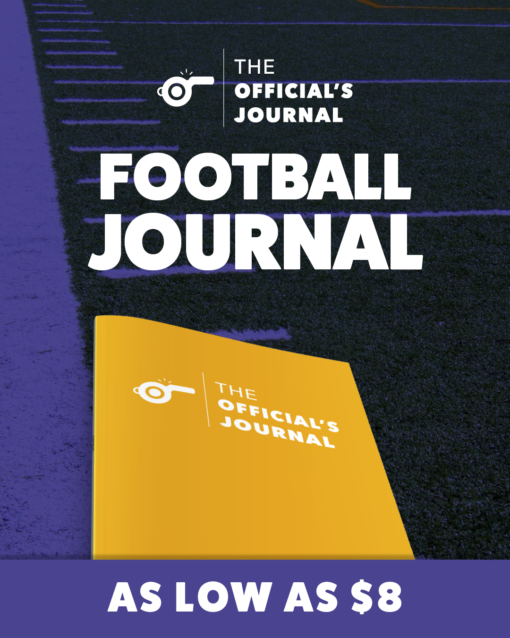Week 8, 2025
Forward progress ruling thwarts Giants fumble recovery
Another tight (but incorrect) call on a push play

Once again we are watching the tush push play and an incorrect ruling takes away a defensive stop.
On a 4th & 1, the Jalen Hurts keeper was ruled dead by forward progress just as the ball squirts out of the scrum. The Giants recovered, but line judge Kevin Codey was whistling a dead ball with an Eagles first down. An angle behind the play shows that Hurts is reaching to gain an additional fraction of a yard when the ball pops out. Forward progress is ruled when an official determines that a defender controls and has taken away the feet of the ball carrier. The control aspect means that the ball carrier is not reaching the ball forward or actively breaking out.
I mean you literally can't do anything. Should be Giants ball pic.twitter.com/BhjN5wD5No
— Bobby Skinner (@BobbySkinner_) October 26, 2025
The forward reach, which may have been out of view of Codey, means a forward progress ruling should not be called. Essentially that would mean that Codey gives Hurts less forward progress, which is how the fumble is disallowed. However, even with that considered, by giving the Eagles the spot at the 9 seems as if the Eagles did get the reach by Hurts, which might have come from the down judge or Codey did have a view of the ball and misjudged when the ball came loose. Either way, the call is completely incorrect.
Replay cannot reverse anything that happens after forward progress is ruled. Because progress is a judgment call, replay cannot use objective criteria to change that spot. A replay review can determine only that the fumble occurs as a result of the initial defensive contact, because after that point it is subjective. This is partially why pass interference could not be satisfactorily reviewed in replay, because it was applying only the objective criteria to what is largely a subjective call.
The timing of the whistle is irrelevant. A whistle, by itself, does not kill the play, rather it is a signal that the play has been ruled dead. Only a true inadvertent whistle — one that sounds without a dead-ball ruling being made — would stop a play, but a specific rule would determine the next steps.
Codey does see the fumble, and his persistence on the whistle is indicating that he has already ruled forward progress, which is always a retroactive call by nature. But the longstanding axiom for all levels of officiating is “see leather”; in other words, a slow whistle is necessary when you lose sight of the ball, lest you kill a legitimate fumble or a runner breaking out as a dead ball. That is drilled in from the first training session for aspiring officials, so this lapse at the top level of the sport is unacceptable.
One postscript, this is not something that is specific to the push play. This has happened with standard run-into-the-line or reach-over-the-top calls. Most of the time those calls are accurately made, but the ones that fail are noticed because of what the call gives to one team and takes away from another. Combined with false starts and offside issues of the push play, this seems like this could doom this particular play when rulesmakers assemble in the offseason, however those issues will still exist in any short-distance offensive surge.
Discover more from Football Zebras
Subscribe to get the latest posts sent to your email.


































